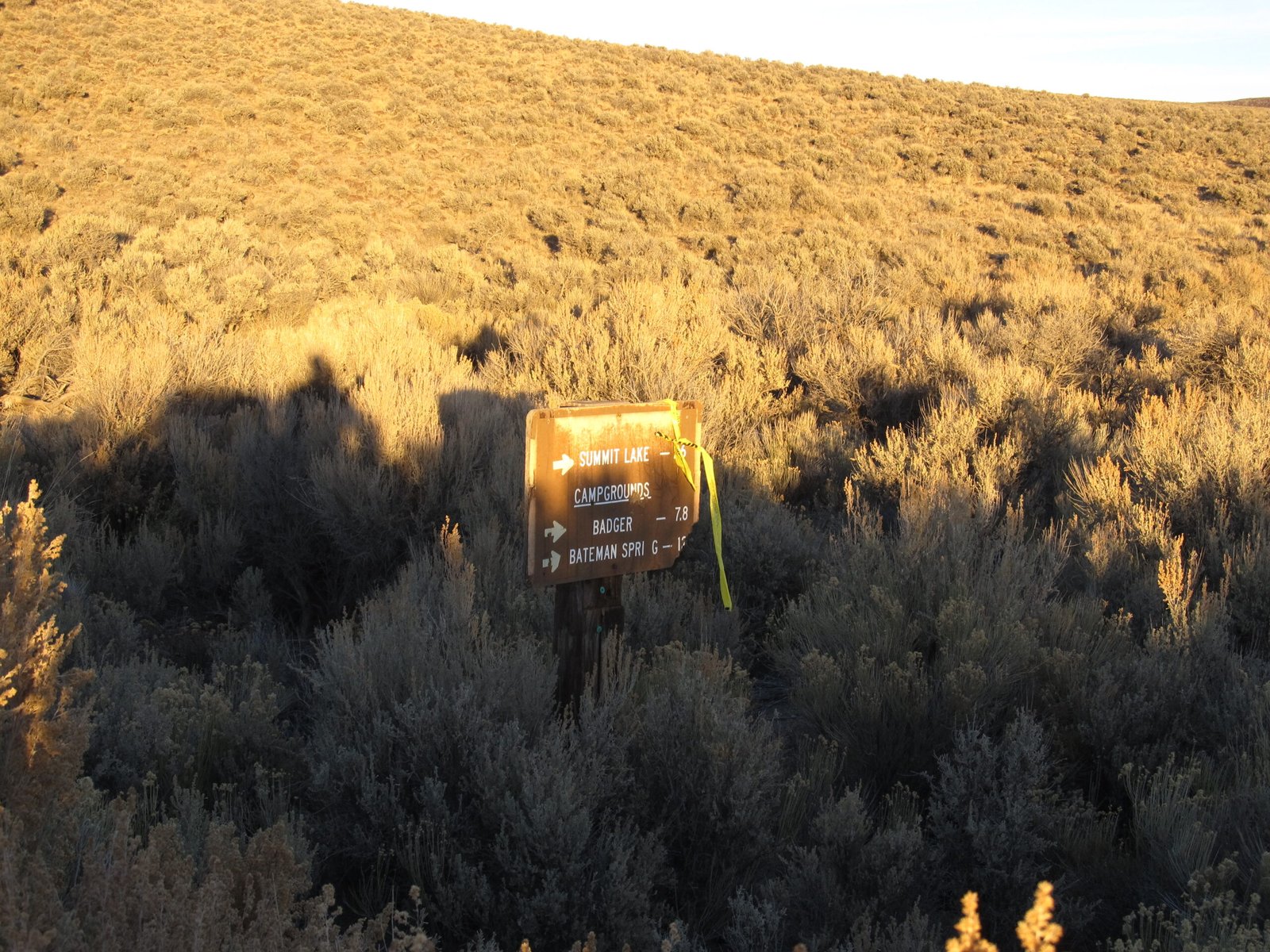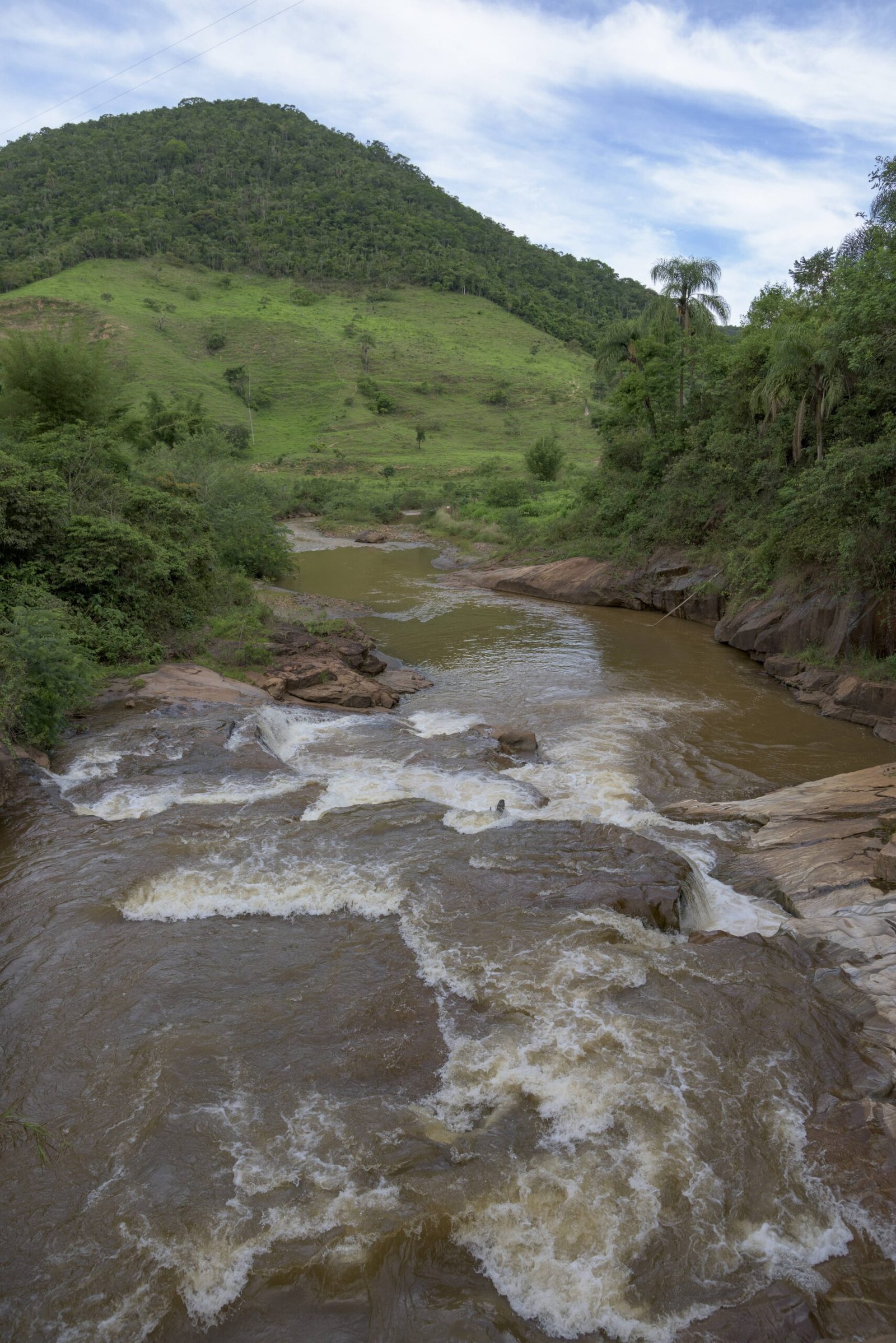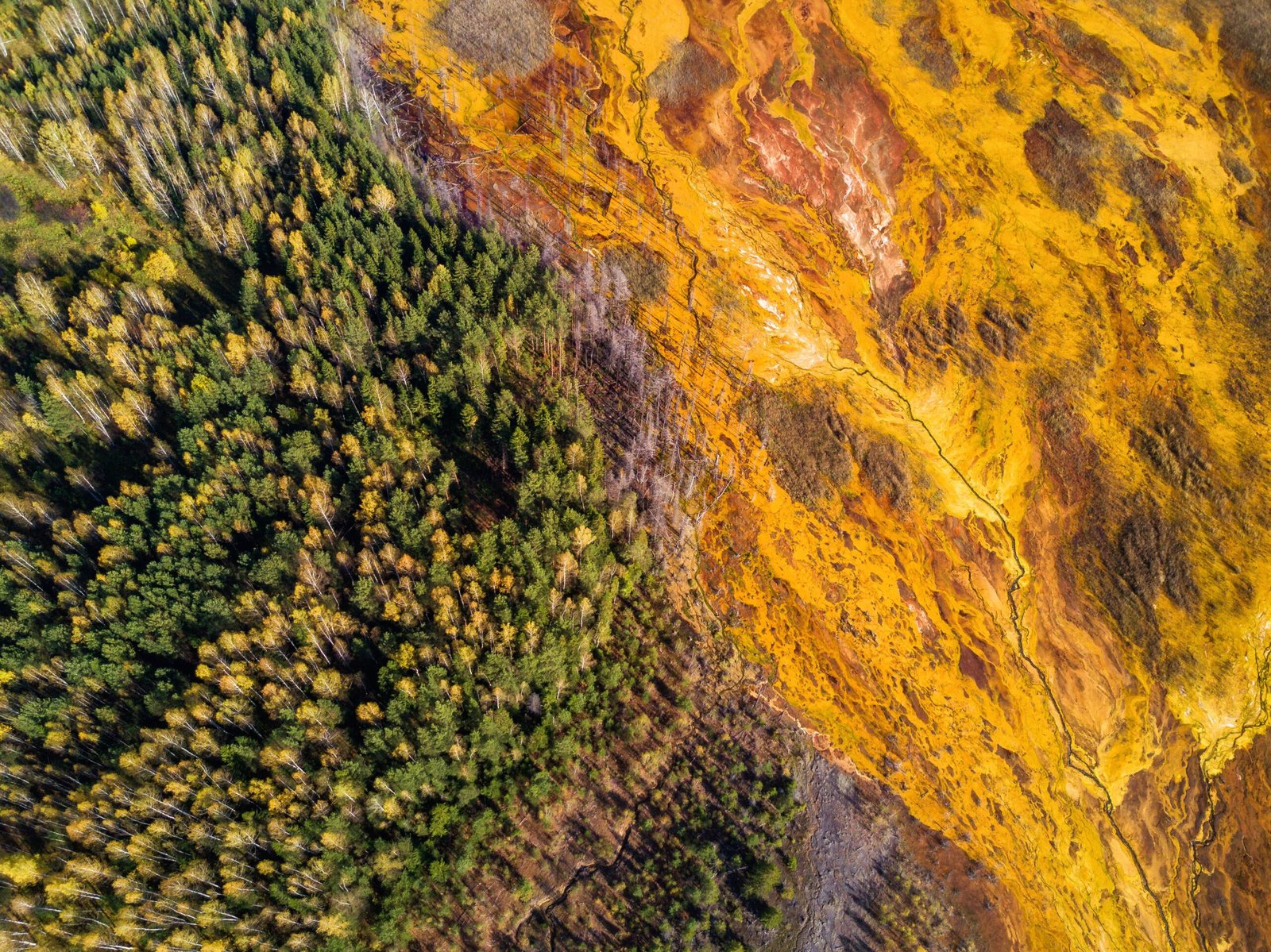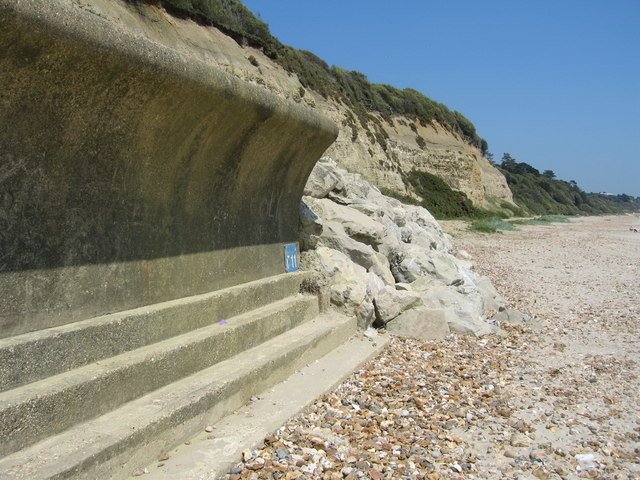Imagine waking up to a world that looks familiar, yet something feels eerily off: forests grow silent, rivers run murky, and the air seems heavier. It’s not a scene from a dystopian novel, but a reality that’s closer than we’d like to believe. Ecosystems—those complex webs that support every living thing—are far more delicate than most of us dare to imagine. The real shock comes when collapse happens not with a bang, but with a series of invisible shifts, each one nudging nature closer to a point of no return. By the time we notice, the damage can be irreversible. This is the story of how the world’s richest habitats can unravel, often before we ever see it coming.
The Invisible Balance of Nature
Nature operates on a razor’s edge, keeping countless species and processes in balance. Every forest, wetland, or coral reef hosts a tangled network of relationships—predators, prey, plants, microbes—all depending on one another. If you remove a key player, like wolves from Yellowstone, the entire ecosystem can shift in ways no one predicted. These relationships are so intricate that a minor disruption, such as a new disease or a sudden drought, can ripple out, changing the face of an entire region. Yet, most of these changes are subtle at first, hidden from casual observers. The web of life is held together by invisible threads, and when too many snap, collapse isn’t far behind.
What Is an Ecological Tipping Point?

A tipping point is the moment when an ecosystem is pushed beyond its capacity to recover. Picture a sandcastle at the edge of the tide—one wave too many and the whole structure crumbles. Scientists say ecosystems often absorb stress up to a threshold, after which they change rapidly and sometimes permanently. These shifts can be triggered by pollution, overharvesting, invasive species, or climate change. Once past the tipping point, the ecosystem may transform into something unrecognizable, like a lush lake turning into a barren algae-choked pool. It’s a dramatic, often irreversible change, and it usually happens faster than anyone expects.
Warning Signs You Might Miss

Before collapse, ecosystems often show warning signs, but they’re easy to overlook. Rivers may become cloudier, fish populations might dwindle, or certain insects could disappear. But these signals are subtle—a slow, steady decline rather than a sudden crash. Scientists call this “ecological lag,” where damage builds up quietly until it explodes. By the time we notice fewer birds singing or see a sudden loss of trees, the system may already be spiraling out of control. It’s a terrifying reality: the most important clues are often the quietest.
The Domino Effect: When One Collapse Leads to Another

No ecosystem exists in isolation. When one collapses, the effects can spread far beyond its borders. For example, deforestation in the Amazon doesn’t just destroy trees; it alters rainfall patterns across continents, affecting farms and cities thousands of miles away. Coral reefs dying from warming seas can lead to fishery collapses, impacting food supplies for millions. This domino effect means that one ecosystem’s tipping point can trigger a cascade of others, creating a chain reaction that’s almost impossible to stop once it starts. The interconnectedness of nature means no place is truly safe from the ripple of collapse.
Climate Change: The Ultimate Stress Test

Climate change is the biggest stress test ecosystems have ever faced. Rising temperatures, shifting rainfall, and more extreme weather stretch nature’s limits to the breaking point. Glaciers melt, forests burn, and oceans acidify—each change adding new pressure to already fragile systems. Places that were once stable, like Arctic tundras or tropical rainforests, are now in flux. Even small changes in temperature can push entire habitats over the edge. The accelerating pace of climate change means that tipping points are not just possible—they’re becoming more likely every year.
Real-Life Catastrophes: Lessons from the Past

History is littered with examples of ecosystems that collapsed before anyone realized what was happening. The Aral Sea in Central Asia, once the world’s fourth-largest lake, shrank to a fraction of its size after rivers were diverted for agriculture. Dust Bowl-era America saw vast grasslands turn to desert almost overnight due to overfarming and drought. Coral bleaching events have wiped out entire reef systems in just a few years. These real-world disasters show that once an ecosystem crosses a tipping point, recovery can take centuries—if it happens at all.
Why Biodiversity Matters More Than Ever
Biodiversity acts like a safety net, making ecosystems stronger and more resilient to shocks. The more species there are, the more likely some can fill in the gaps when others disappear. Imagine a football team with only a few players—if one gets injured, the game is lost. But with a full roster, the team can adapt. When we lose species, we weaken nature’s defenses, making collapse more likely and faster. Protecting biodiversity isn’t just about saving rare animals; it’s about safeguarding the systems that keep our world running.
Human Activities: The Unseen Accelerators
Our actions are often the unseen hands pushing ecosystems toward collapse. Deforestation, overfishing, pollution, and urban sprawl fragment habitats and disrupt natural cycles. Sometimes, we act without realizing the consequences—introducing invasive species, building roads through forests, or dumping waste into rivers. Each small choice can add up, accelerating the journey toward a tipping point. The tragedy lies in how easy it is to overlook the damage until it’s too late.
The Hope in Restoration and Resilience
It’s not all doom and gloom—nature can recover if given a chance. Efforts to restore wetlands, replant forests, and clean polluted rivers have shown remarkable results. In Yellowstone, reintroducing wolves brought balance back to the entire park, reviving plants, animals, and even riverbanks. These stories prove that with care and attention, we can help ecosystems bounce back. But the window for action is narrow; waiting too long means some changes will be permanent.
Your Role in Preventing Collapse
Every individual has a part to play in protecting the delicate balance of nature. Simple choices—like using less plastic, supporting sustainable food, or planting native species—can make a difference. Communities can push for stronger environmental laws, protect natural habitats, and restore damaged areas. Awareness is the first step; action is the next. When we see ourselves as caretakers rather than conquerors, we give nature the best chance to thrive.
Nature’s Warning: Will We Listen in Time?

Ecosystem collapse is often silent and invisible, creeping up on us before we ever see it coming. The tipping point isn’t marked by alarms, but by small, accumulating losses that add up to something catastrophic. The fate of forests, oceans, and grasslands depends on choices we make today. Will we heed nature’s warnings, or realize too late that the balance has tipped beyond repair?




